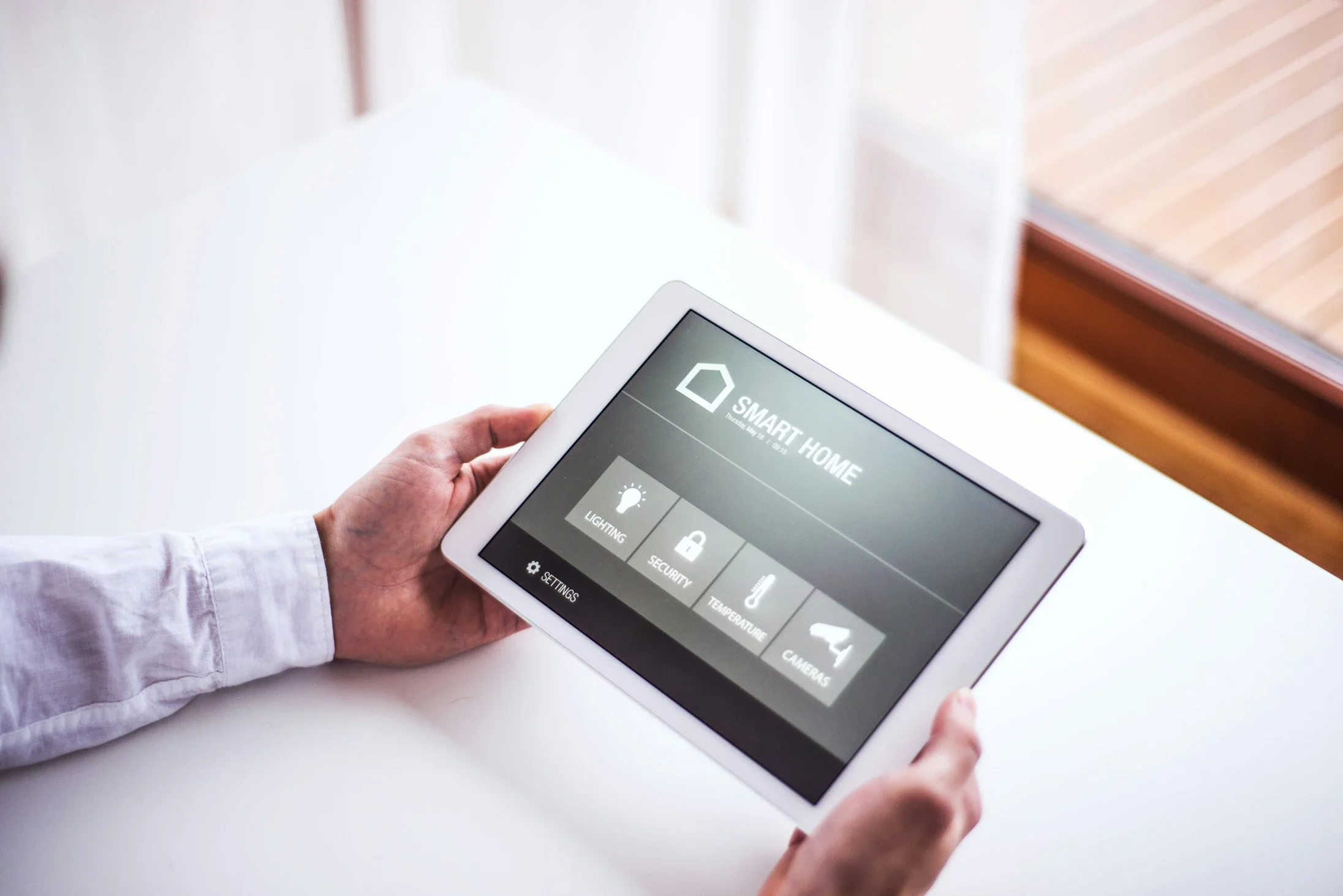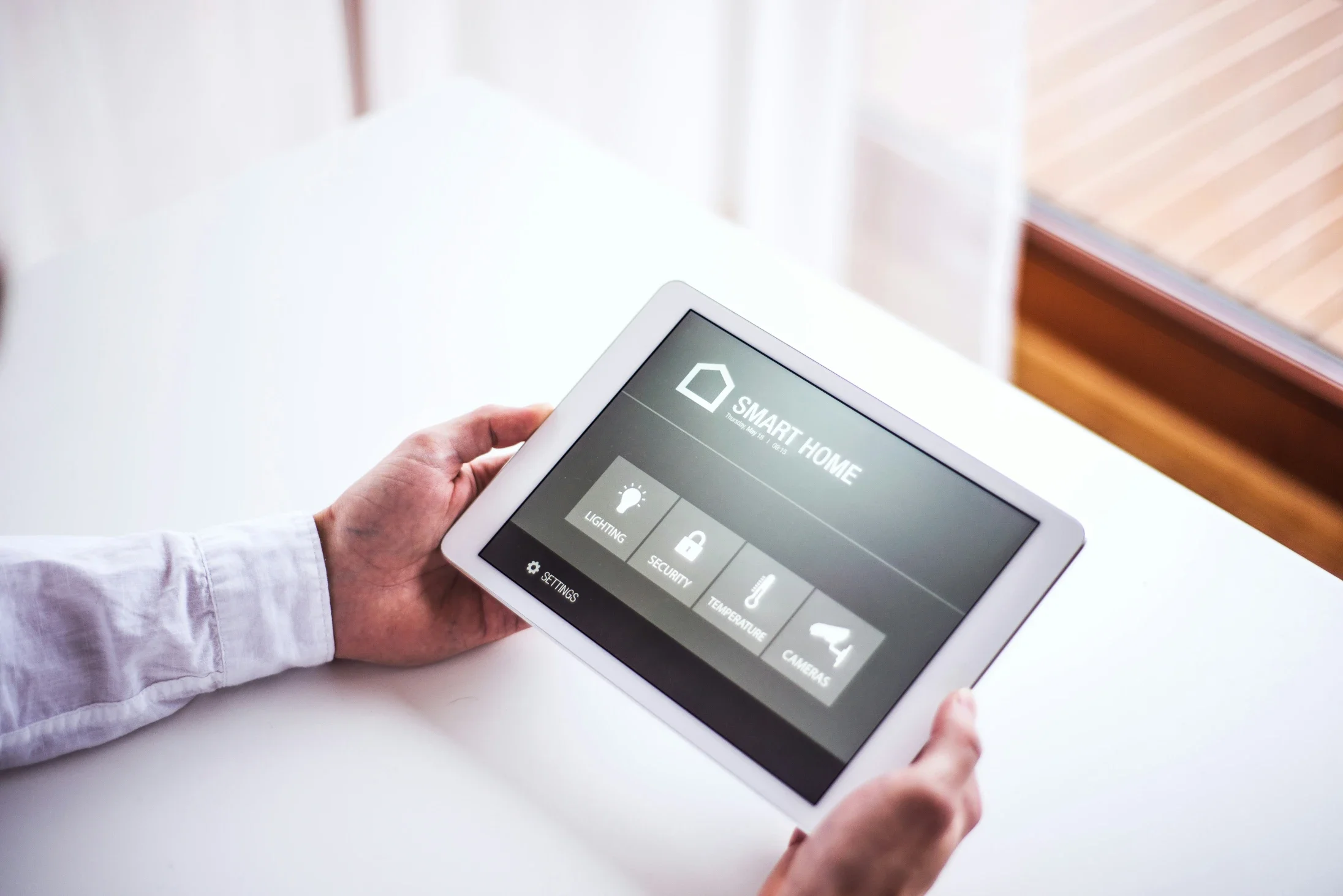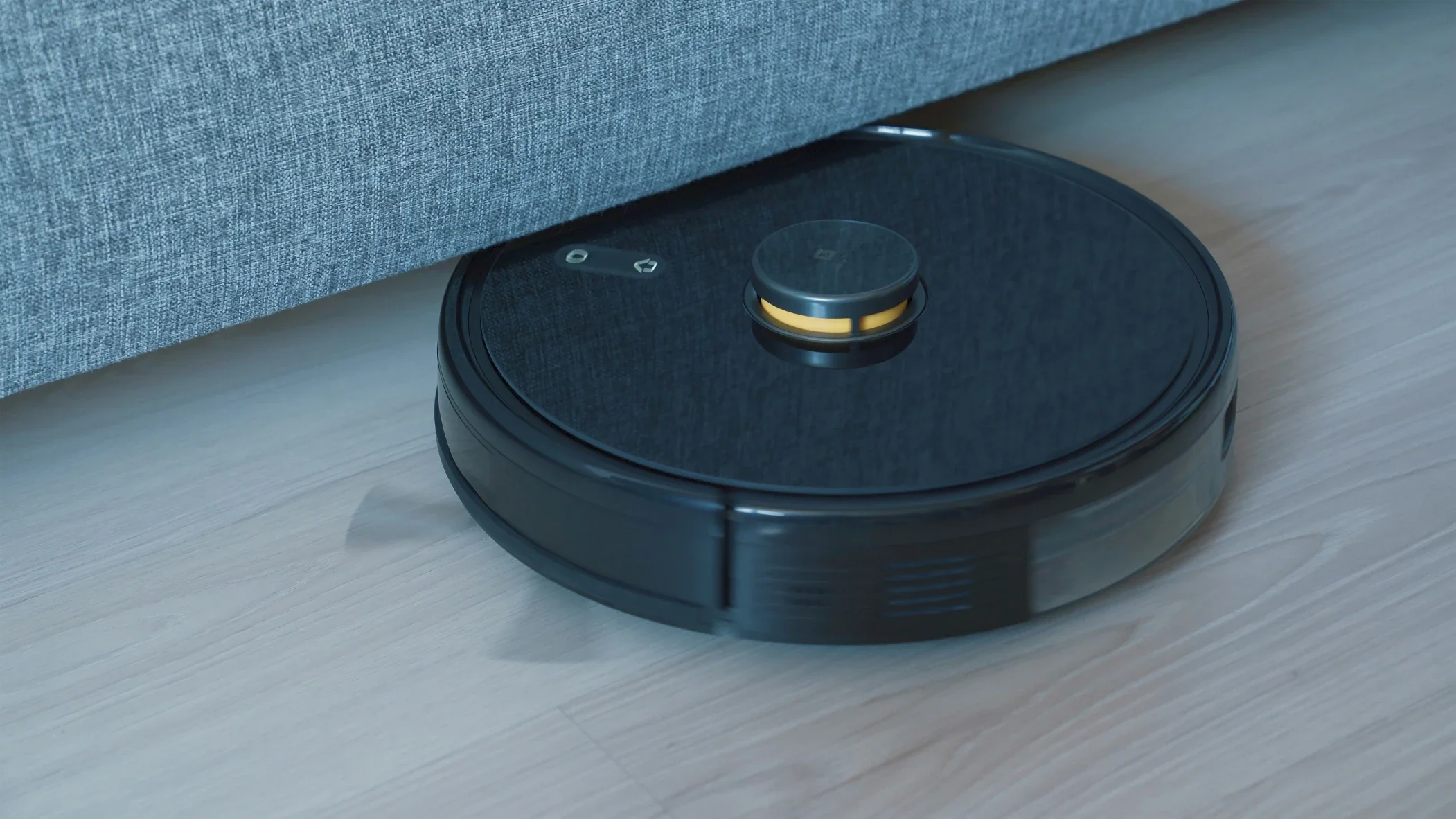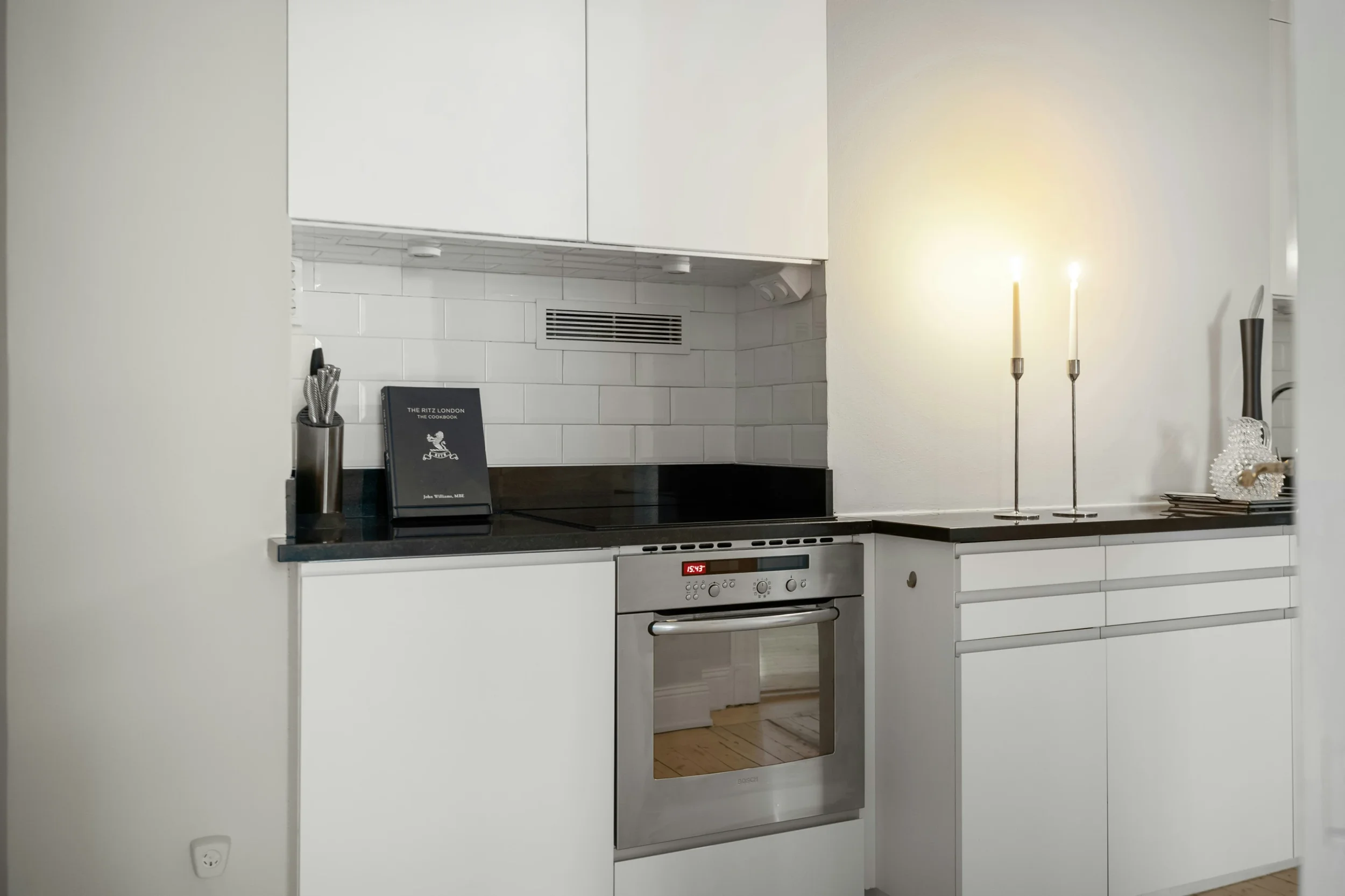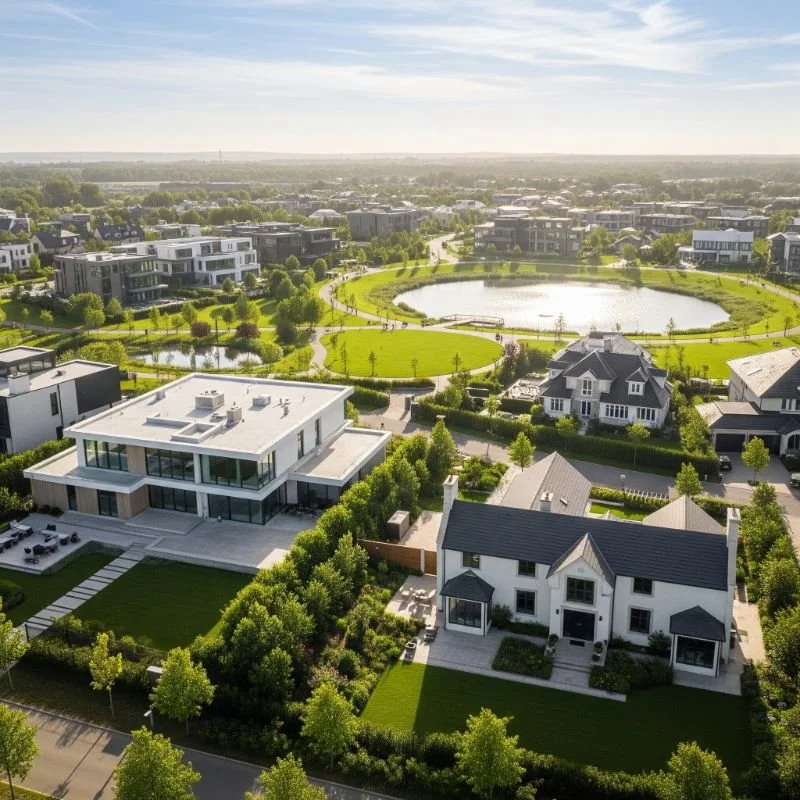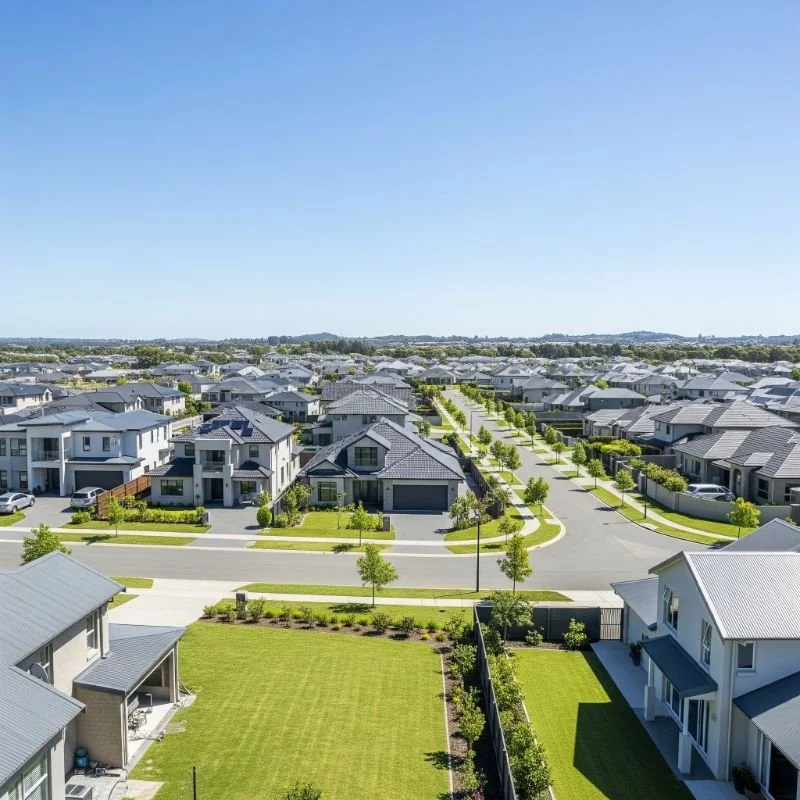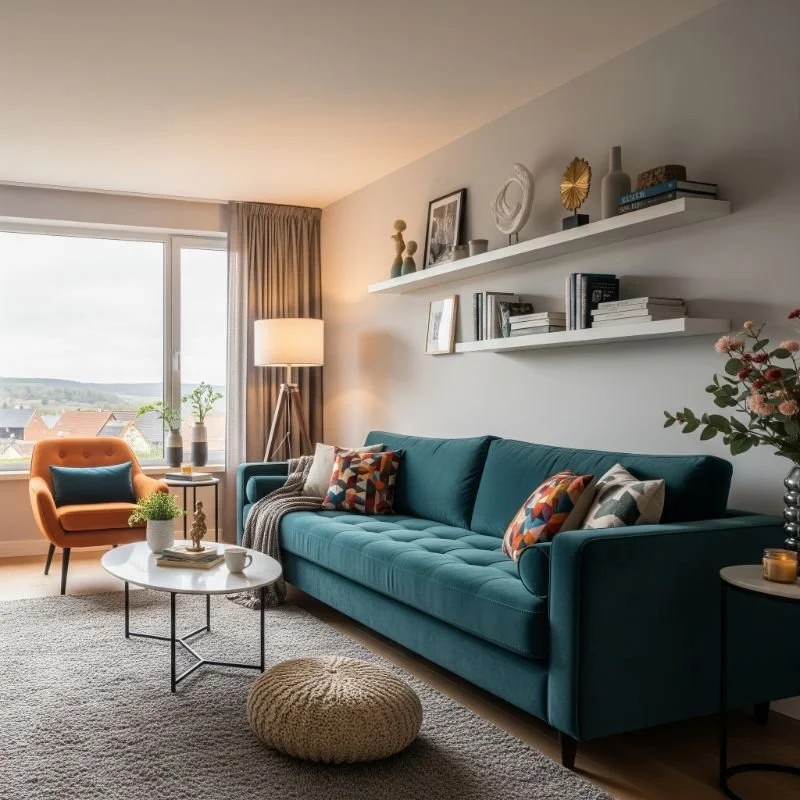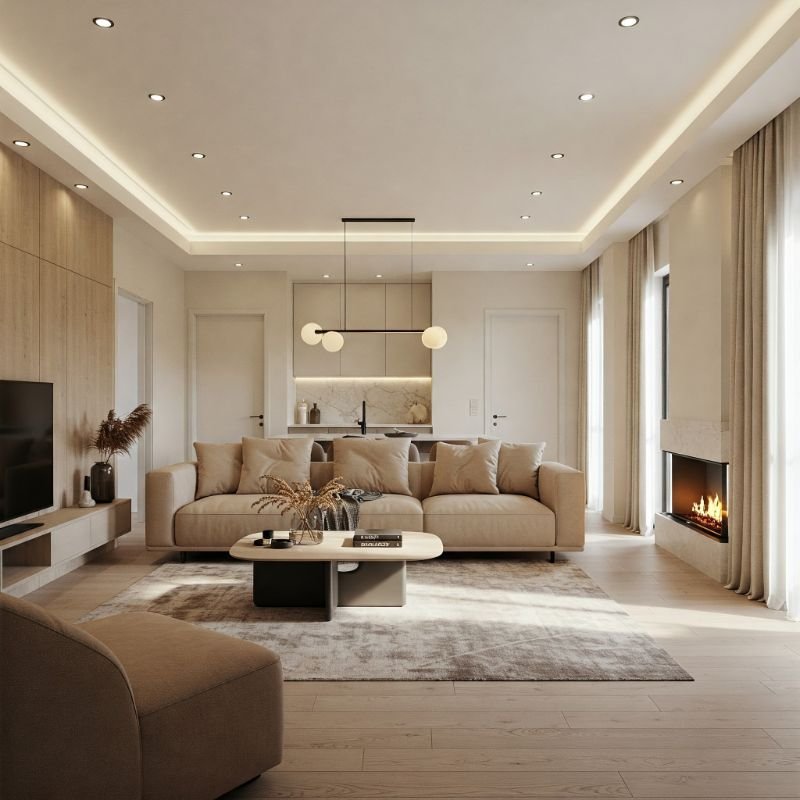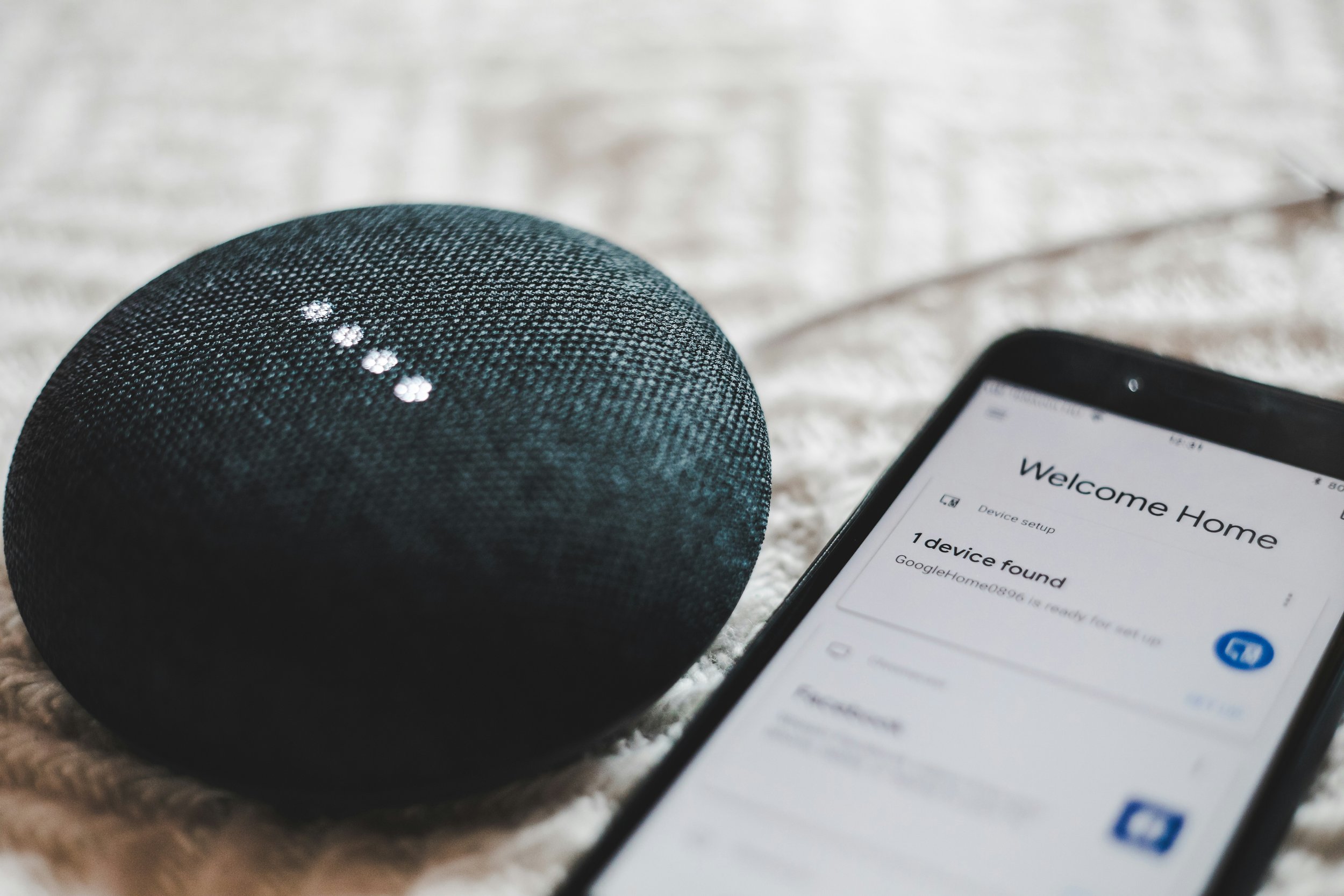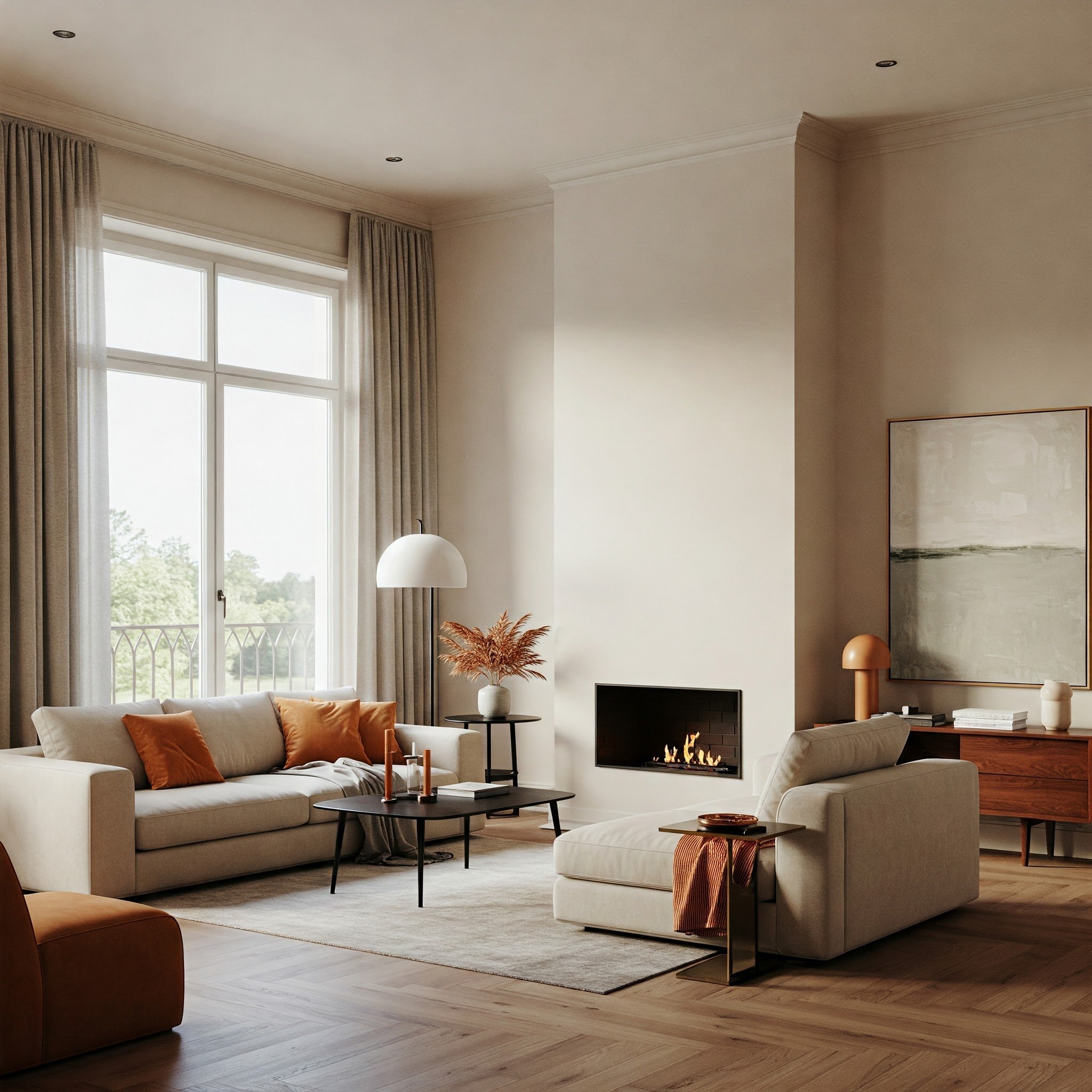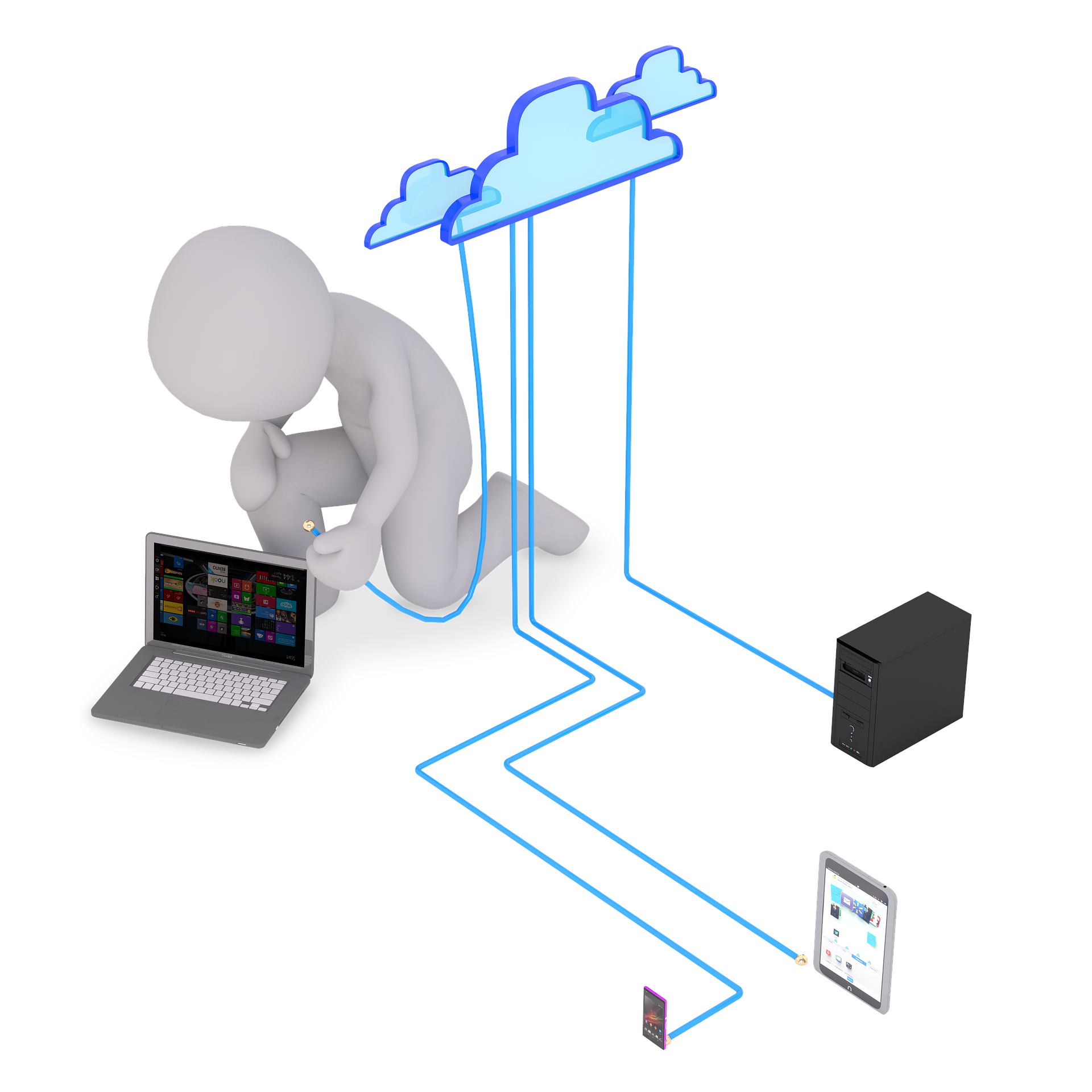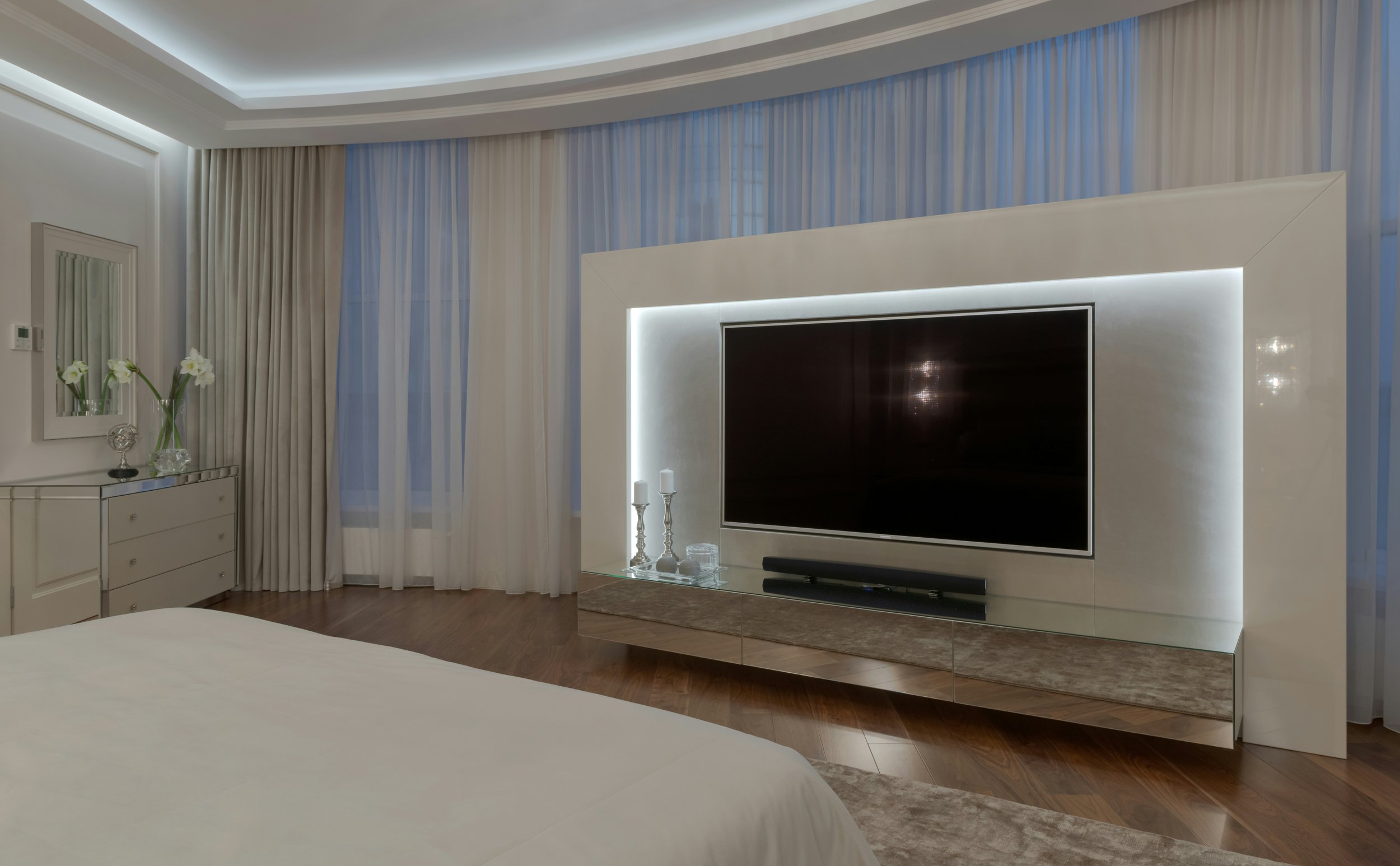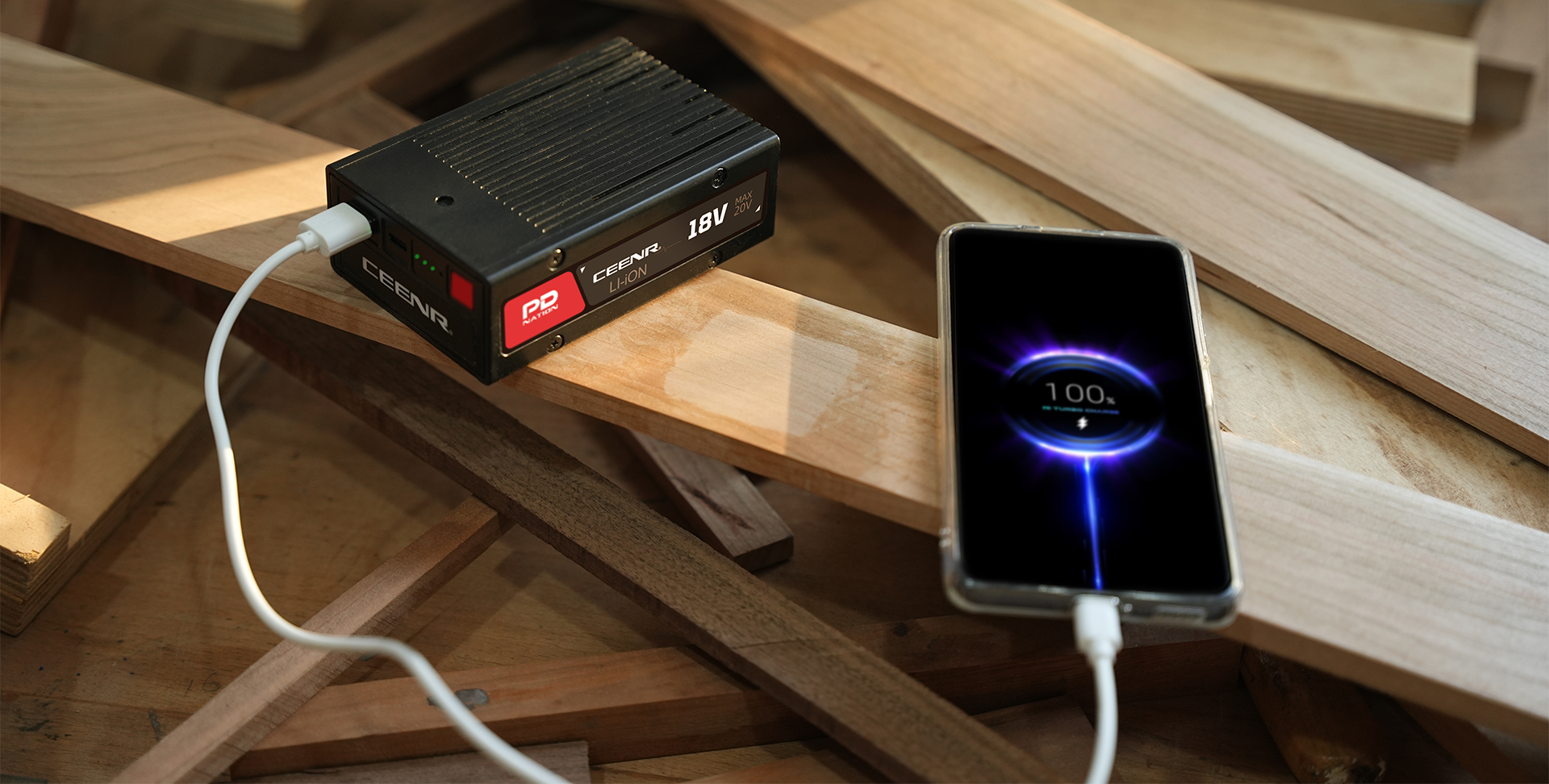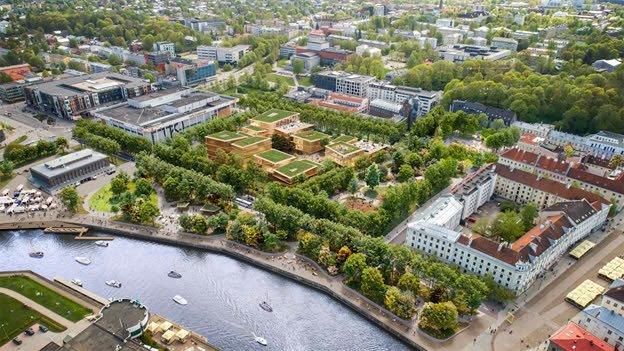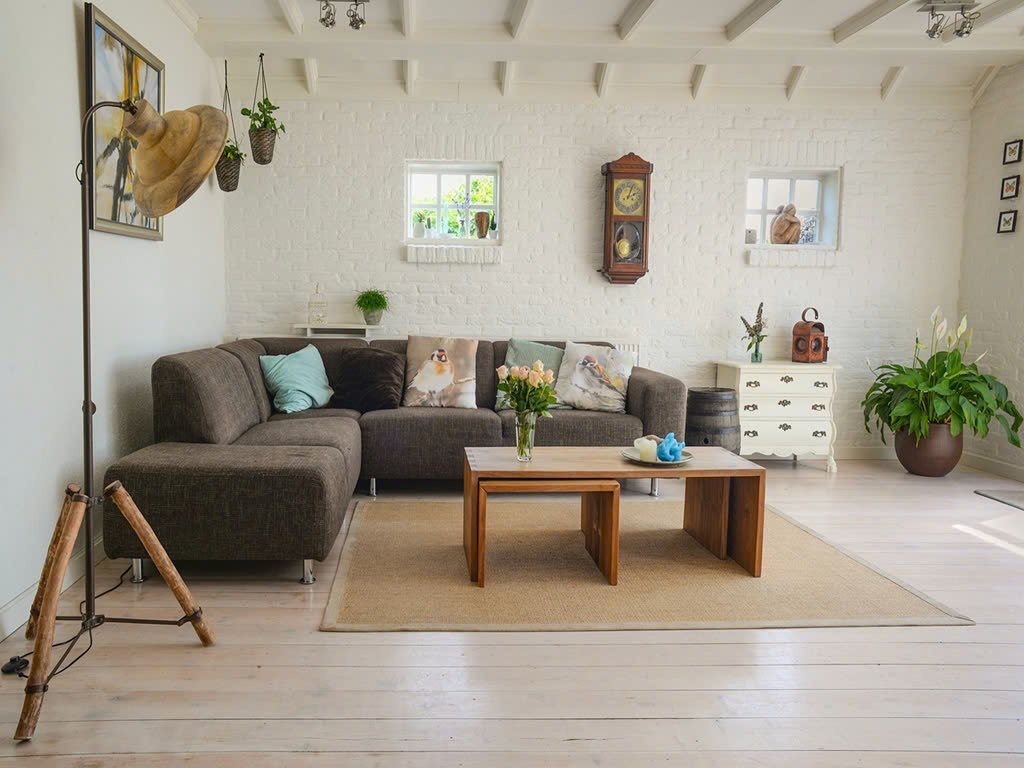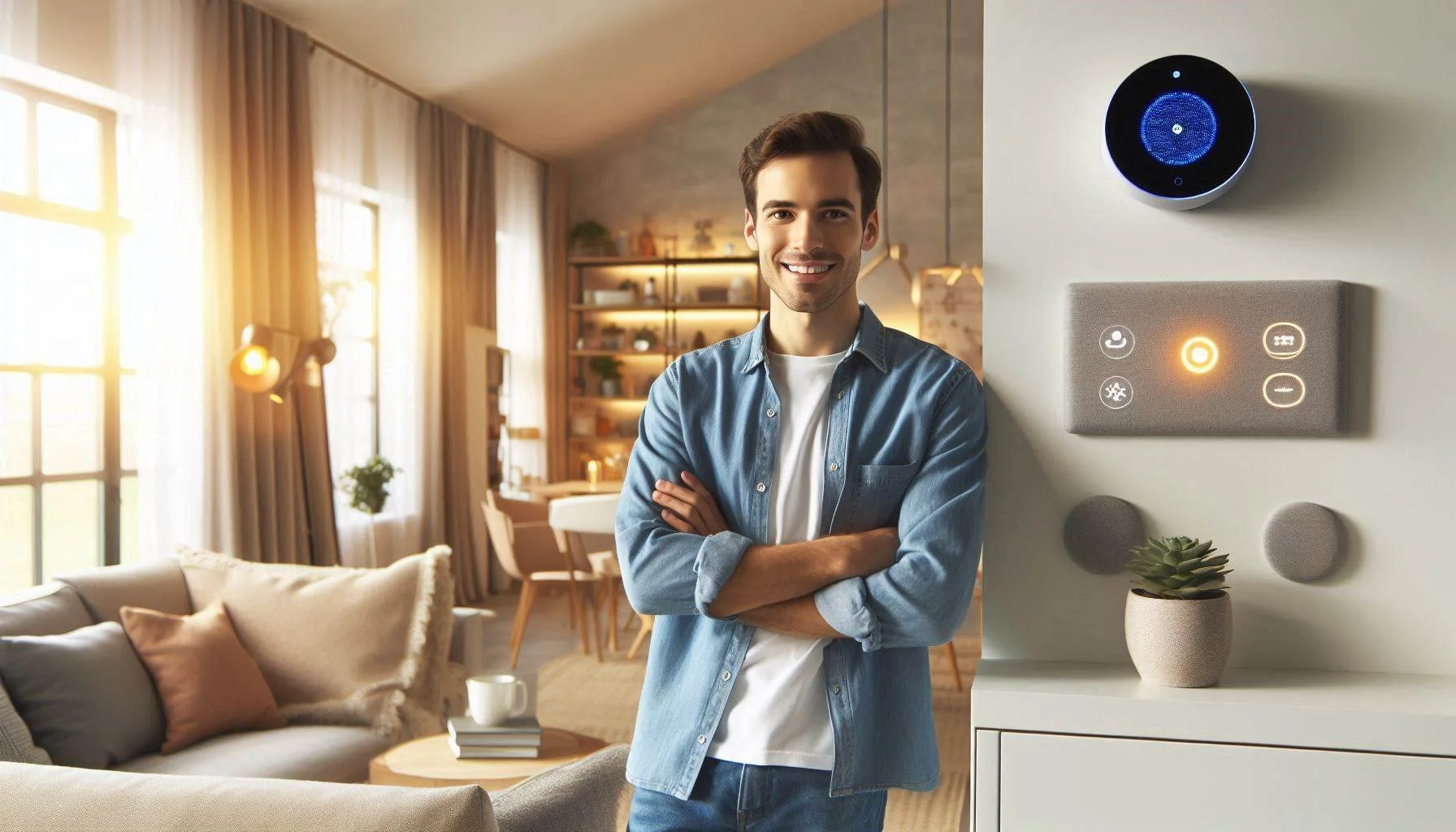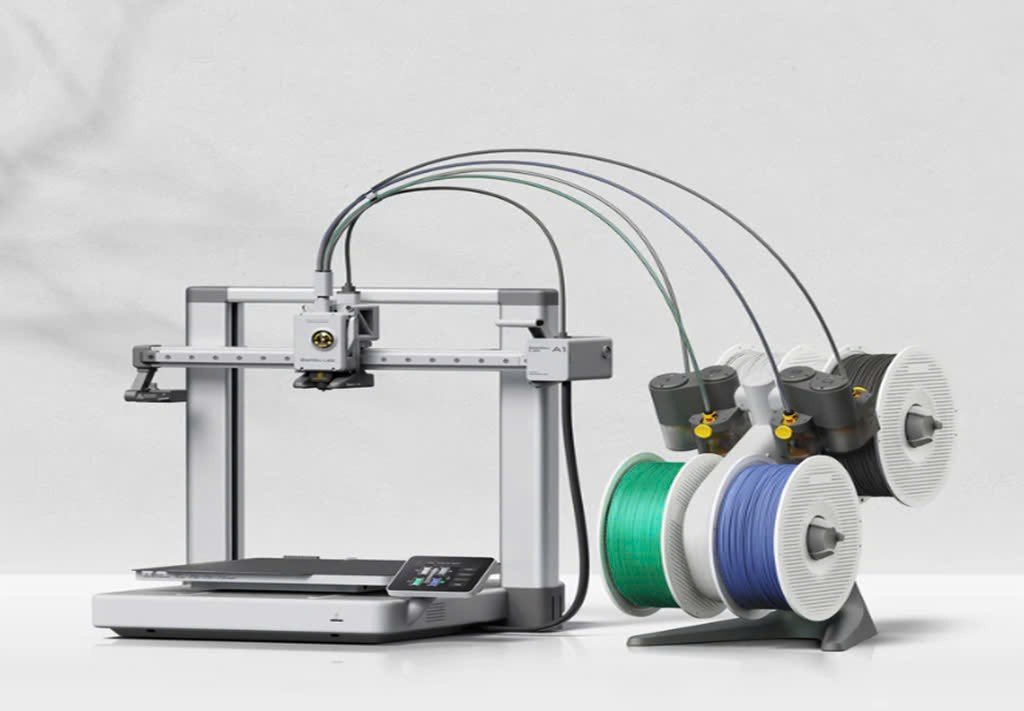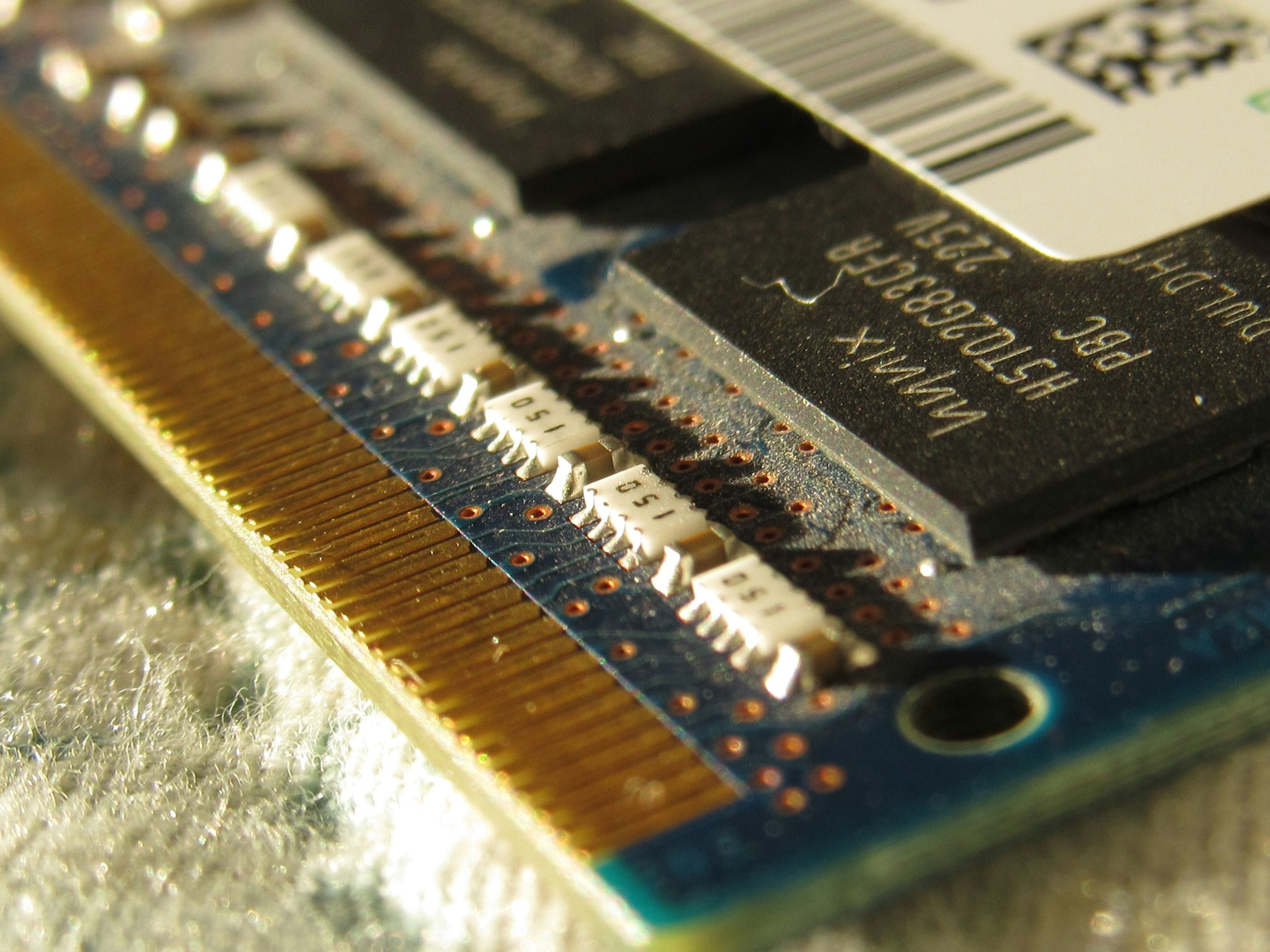How Technology Is Revolutionizing Home Design and Construction
Explore how modern technology is transforming home design and construction through smart digital tools that improve accuracy, speed, and creativity.
The way homes are designed and built has changed dramatically in recent years. With technology advancing at an incredible pace, architects, builders, and homeowners are now able to plan, visualize, and execute projects with greater precision and creativity. From digital blueprints to virtual walkthroughs, innovation is reshaping every stage of the home construction process.
Smarter Planning for Every Home
In traditional construction, planning often involved long hours of manual measurement, estimation, and physical modeling. Today, digital tools have simplified and streamlined those steps. Designers can now create detailed 3D models that accurately represent how a home will look and function. This allows homeowners to see the design before construction even begins, reducing errors and saving both time and money.
One of the biggest benefits of these modern planning tools is the ability to adjust designs instantly. Want to see how a different roofline affects the overall look? Or how natural light enters a specific room? Advanced modeling software makes it possible to visualize these changes in seconds, helping homeowners make informed decisions early in the process.
Improving Accuracy in Home Construction
Accuracy is critical in every home project, whether it’s a small renovation or a new build. Digital measuring systems and automated calculations now allow builders to determine material quantities with remarkable precision. This not only minimizes waste but also ensures that projects stay within budget.
Among the most innovative tools supporting this shift is AI-based takeoff software, which uses artificial intelligence to analyze project drawings and automatically calculate the materials required. This technology dramatically reduces human error and accelerates project timelines. Builders and designers can focus more on quality and craftsmanship, while software handles the repetitive and time-consuming estimating tasks.
Skip Ahead: If you’d rather explore how leading contractors are already using AI Takeoff Software to save time and send more bids, check out this link. See AI takeoff software in action here.
Sustainability in the Modern Home
Homeowners are increasingly focused on sustainability, and technology plays a vital role in achieving it. Energy-efficient materials, smart home systems, and advanced building techniques are now standard considerations in residential projects.
Digital design tools make it easier to evaluate a building’s energy performance before it is constructed. For example, designers can simulate how a home’s orientation affects heat and light exposure, ensuring optimal energy efficiency. Sustainable materials can also be integrated into digital models, helping homeowners understand the long-term benefits of eco-friendly choices.
By merging data and design, today’s tools empower professionals to create homes that are both comfortable and environmentally responsible.
Enhancing Collaboration and Communication
Another major advantage of modern construction technology is improved collaboration. Previously, architects, builders, and homeowners had to rely on paper documents and in-person meetings to review progress. Now, cloud-based platforms allow everyone involved in a project to access the latest plans, share updates, and make changes in real time.
This level of connectivity prevents costly misunderstandings and ensures that every detail is aligned from concept to completion. Homeowners appreciate being part of the process, as they can track developments and give feedback throughout construction.
The Rise of Smart Homes
Once considered futuristic, smart homes have become a reality for many families. From automated lighting systems to voice-controlled appliances, technology is changing the way we live in our spaces. These innovations are not just about convenience; they also promote safety and energy efficiency.
Smart thermostats, for example, learn a household’s routine and automatically adjust temperature settings to reduce energy consumption. Meanwhile, integrated security systems allow homeowners to monitor their property remotely. The result is a home that adapts to its occupants and offers both comfort and peace of mind.
The Future of Home Design
Looking ahead, technology will continue to shape the way we design and build homes. Virtual and augmented reality tools will make it even easier for homeowners to experience a space before construction starts. Artificial intelligence will help create more efficient layouts and recommend materials that balance beauty, cost, and sustainability.
These advancements are not just improving the construction process; they are redefining the concept of a home itself. Spaces will become more adaptable, energy-efficient, and tailored to individual lifestyles.
Want to see how AI Takeoff Software works in practice? Take a free product tour here >>
Final Thoughts
The integration of technology into home design and construction has transformed the industry from the ground up. With smarter tools, better communication, and a focus on sustainability, homeowners can now enjoy greater control and confidence in their projects. Whether it’s through digital modeling, energy analysis, or intelligent estimating systems, the future of homebuilding is smarter, faster, and more precise than ever before.
